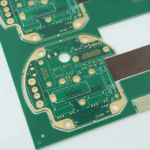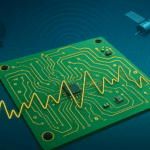In the world of PCB manufacturing, surface finishes play a critical role in ensuring solderability, long-term reliability, and overall performance of electronic assemblies. Choosing the right finish is a key decision for designers and manufacturers alike, as it affects not only assembly processes but also product longevity. This article compares three commonly used surface finishes: OSP (Organic Solderability Preservatives), HASL (Hot Air Solder Leveling), and ENIG (Electroless Nickel Immersion Gold).
1. OSP – Organic Solderability Preservatives
Overview: OSP is a thin organic coating applied to copper pads to protect them from oxidation. The coating is water-soluble and is designed to preserve solderability for a limited period during storage and assembly.
Advantages: Environmentally friendly (lead-free, RoHS compliant) Flat surface ideal for fine-pitch components and BGA packages Cost-effective for high-volume production.
Limitations: Limited shelf life; sensitive to multiple soldering cycles Not suitable for long-term storage in humid environments.
Applications: OSP is widely used in consumer electronics and high-volume PCBs where flatness and low cost are priorities.
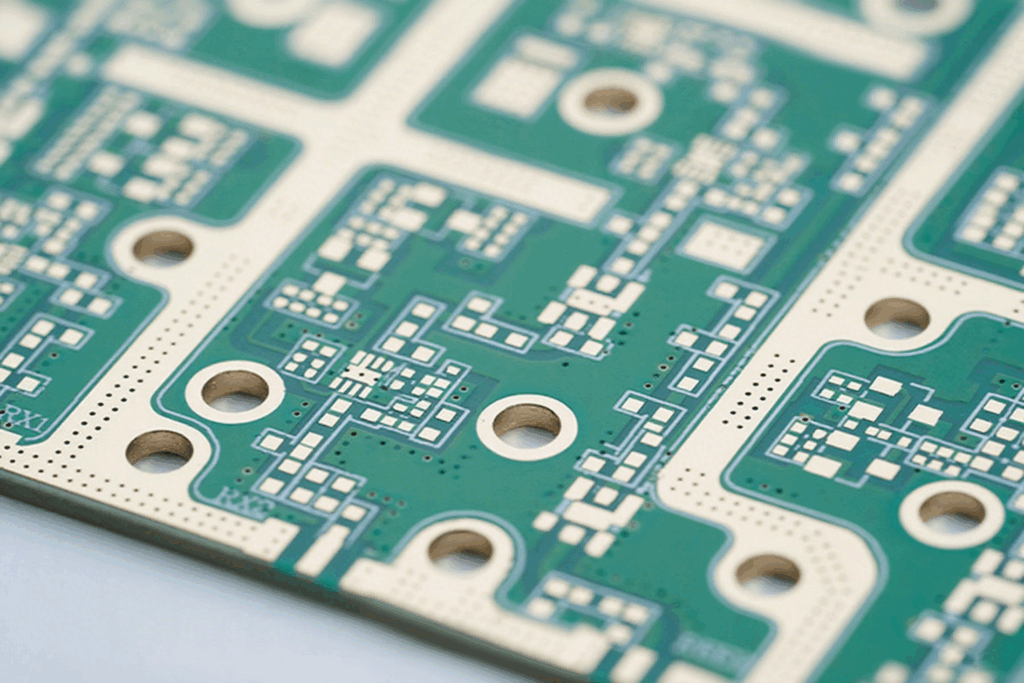
2. HASL – Hot Air Solder Leveling
Overview:
HASL involves coating exposed copper with molten solder (tin-lead or lead-free) and then leveling it with hot air to remove excess solder. This finish provides a robust solderable surface.
Advantages:
Excellent solderability and mechanical strength
Tolerant to handling and storage
Cost-effective for simpler PCBs
Limitations:
Uneven surface can be problematic for fine-pitch components
Thermal stress during HASL process may affect sensitive boards
Lead-containing HASL is not RoHS compliant
Applications:
HASL is commonly used in industrial and automotive electronics where durability outweighs the need for ultra-fine pitch soldering.
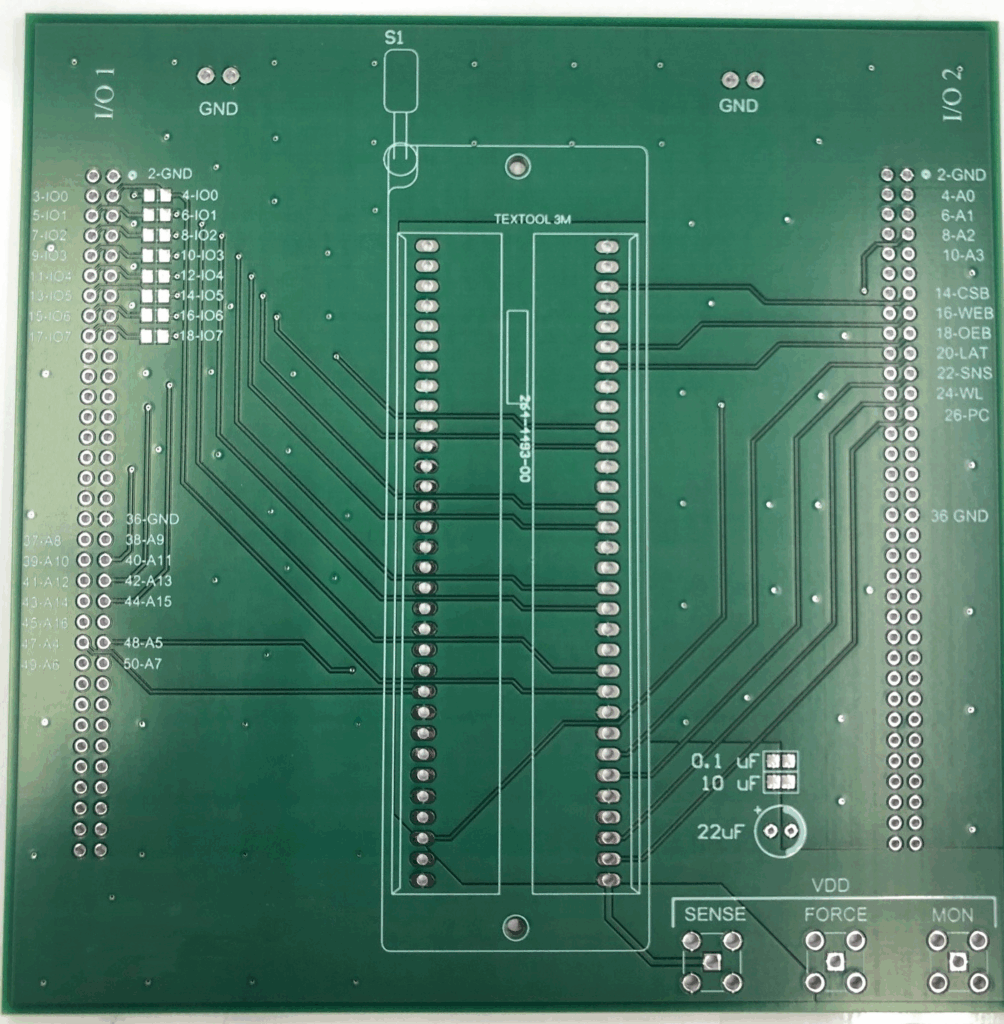
3. ENIG – Electroless Nickel Immersion Gold
Overview:
ENIG is a two-layer finish consisting of a nickel barrier coated with a thin layer of gold. The gold protects the nickel and enhances solderability.
Advantages:
Excellent surface planarity, ideal for fine-pitch and high-density PCBs
Long shelf life and excellent corrosion resistance
Supports multiple reflow cycles without degradation
Limitations:
Higher cost compared to OSP and HASL
Risk of “black pad” defects if not properly controlled
Applications:
ENIG is the preferred choice for high-reliability electronics, medical devices, aerospace applications, and high-frequency PCBs.
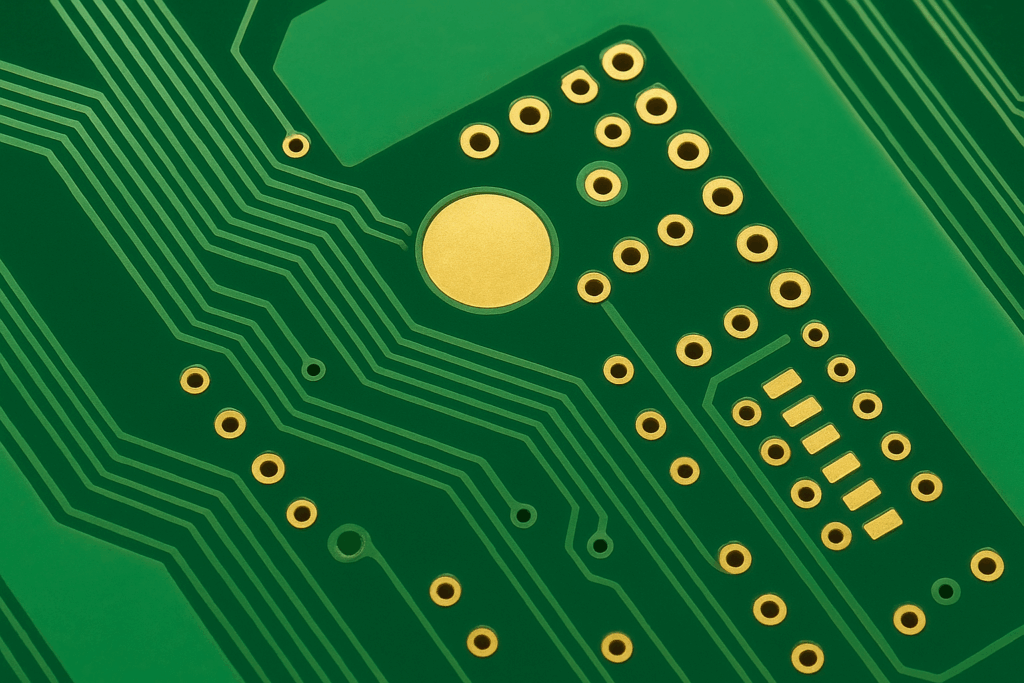
Choosing the Right Surface Finish
Selecting a PCB surface finish depends on a combination of factors:
Component density: Fine-pitch and BGA components benefit from flat finishes like OSP or ENIG.
Reliability requirements: Long-term reliability or harsh environment applications often require ENIG.
Budget considerations: OSP and HASL are cost-effective options for standard consumer electronics.
Assembly process: Multiple reflow cycles favor ENIG or HASL over OSP.
Understanding the characteristics of each PCB surface finish ensures optimal solderability, assembly reliability, and product longevity. At Kingda, we provide a full range of PCB finishes, supporting both cost-sensitive and high-reliability applications. Choosing the right finish is not just about cost—it’s about ensuring your electronics perform flawlessly, from prototyping to mass production.






